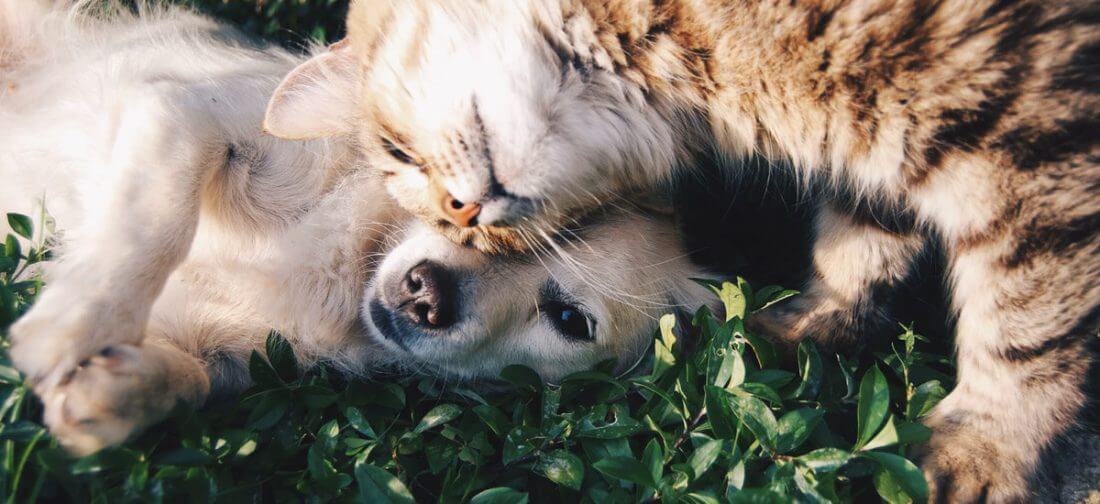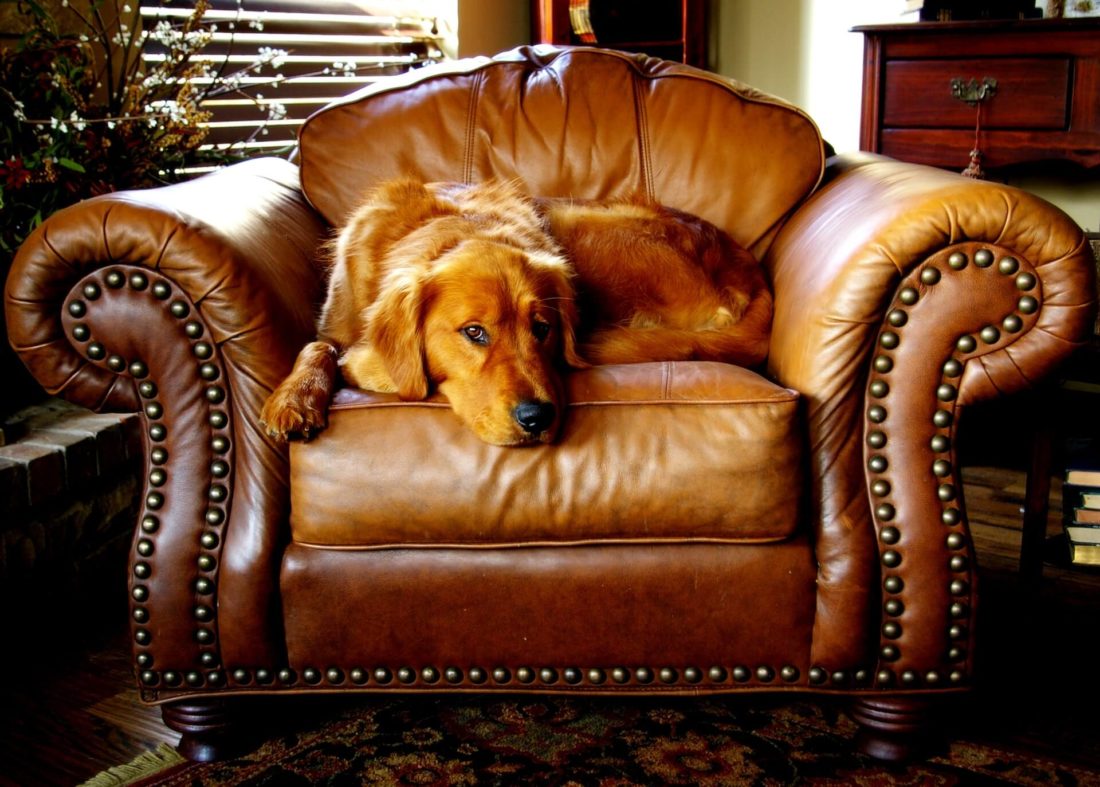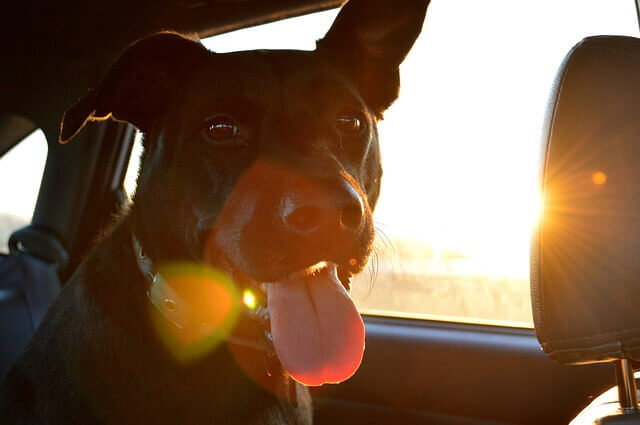Are you are the owner of a dog or a cat, and you have decided to move to another city? Then you would want to know everything there is about moving with pets and the safest way to handle that task with as little stress as possible.


Animals are living beings, so don’t think that moving out is less stressful for them. They feel the nervousness and anxiety that come with relocation, and you really need to take care when you choose a future home for them. That is why the first rule of moving with pets is to check if your future home allows you to have them. Some associations and owners have a limit on the amount, size and type of animals allowed, so make sure you do your research ahead and choose a home that is pet-friendly. For example, some may allow you to relocate with cats, but not dogs, and vice versa, while others will prohibit both, and only allow small species, such as hamsters or birds.
Animals can be like a part of the family. They are loyal best friends in good and bad times alike. However, they have special needs and you need to take extra care with them when going to a new place. Once you are ready to take the trip, start by reviewing the following tips to help your animal adapt to an unfamiliar environment as easy as possible.


Pay a Visit to Your Vet
Your animals need to be safe and sound before moving. You don’t want to travel if your precious little friend is ill. Besides, if everything is okay, it will give you some time until you find a vet in your future city. So take care of the vet visit before you start with the relocation process. You should also find a vet in your new place in advance or as soon as you settle in.
Prepare Your Pets for Moving Without a Mistake
As moving itself takes time, don’t forget to prepare your buddy properly. What does it mean? It means that your animal doesn’t need to feel all the anxiety and stress you feel when you start preparing for relocation. Think of them as friends, which they are. So, set aside enough time to pack everything when you are moving with your dog, to find a vet in your future city, and search for a store with the best food for your little friend. And make sure you have packed and organized the important papers you need.
A Collar for Dogs and Cats
Make sure your pet has a collar with an updated badge and make appropriate travel arrangements. If you are traveling by car and you are the one who will drive, we recommend keeping your canine in the transport box and your cat in the loader since it is by far the safest way. That said, it is also important to properly adjust the box or carrier in the vehicle, so you should search for one with adjustable straps.
Keep Your Pets Safe on Moving Day
In the frenzy of getting everything packed, our little buddies can start feeling disoriented, anxious and may try to run away. Prepare a safe room for them with all the necessary items they need (food, water, toys and a litter box for cats) and have someone care for them while you’re carrying out the furniture (even the pet’s furniture).
If a large number of people will be coming and going all the time, so put a sign on the door that warns people about your pets. Also try to keep your routine as normal as possible, especially when it comes to feeding and walking.


Tips for Travel Day
When the day of travel arrives, give your furry buddy a small amount of light food about four hours before leaving. With luck, your dog or cat has become accustomed to traveling since you took it to several short trips in preparation for the move. If your dog is a nervous traveler, take special care before considering a sedative, which could cause potential changes in heart rate, function, and balance. Either way, sedatives should definitely not be given to dogs with epilepsy or cardiovascular diseases.
We advise using homeopathic aconite if the pet feels very anxious or afraid. There is also a variety of relaxing herbs that you can consider, such as purple basil, rhodiola, chamomile and valerian. Always use a small amount if you’ve never tried using any of these before.
Also, a number of days before the trip, you can apply the appropriate essential oils inside the carrier. Placing a piece of your clothes in the box can also provide a relaxing and familiar scent.
Select Good Transporting Methods and Services
Although technically you can secure almost any transport box in your vehicle using elastic or rubber ropes, these are not safe enough in case of an accident and they put your pet at risk of suffering an injury. Also, keep in mind that putting your pet in a transport box, carrier, or harness is for its safety as well as yours. Do not put the dogs or cats into a moving box, because it is not meant for them.
If you must travel by air, call the airline and ask about procedures on the plane, both before boarding and after landing. Choose the shortest possible flight (direct flight if possible). Make sure that your pet gets used to its transport box on trips before it is time to take the flight. There are also special services where they organize all the details of the trip for you, so if you are not sure, they can help.
Don’t Keep Dogs and Cats Near the Driver
In an accident, a pet that is not properly secured can become a “projectile”, which can be deadly for itself, you and other passengers. You should choose a transport box or carrier that fits the animal, with enough space to be comfortable but without excess space (which puts it at risk in the event of an accident). Then, your favorite little friend should be secured in the back seat of the vehicle – not in the passenger seat. If you’re driving, do not place it between your legs, because it could distract you and cause an accident.
Take Your Dog for a Morning Walk Before Moving
It is important to take your best furry friend for a walk before the preparations start. It needs to have the feeling that the routine is the same, and that nothing is going to change. Yes, it will notice different paths and parks tomorrow morning. However, the routine will remain the same and it will accept the new home fast.


Arriving at Your New Home
Once you’ve arrived, resist the urge to let your animal explore the unfamiliar surroundings. Instead, prepare a room for it to adapt to the strange environment. Add their carrier, bed, food, water, toys and litter box for cats. As your fuzzy buddy adapts and gets more comfortable, gradually allow it to search around other rooms in the house. Change your cat’s litter box to its permanent location (move it about one foot a day until it reaches its destination).
Observe the Mood of Your Pet
Most likely, your pet will adapt well to your new home. It might even seem that it likes it better than its old home. Continue with the use of flower and herbal essences until you see its behavior return to normal, but keep an eye on it if it shows unusual behavioral changes. Those are eating disorders or not drinking water, litter box usage, etc. Try to make sure it feels safe in its new space, talk to it in a relaxed way or play catch. Let it move at its own pace and don’t try to force it out of its “safe” room.


Change the Name Plates after Moving with Pets
Once you’ve unpacked and settled, be sure to update your dog’s nameplates with the new address and phone number. Then, take it for a walk so it can meet the neighbors. This tip is important because it may happen that your pet wanders around the neighborhood until it gets used to the new home.
We hope these tips will help you acquire a general idea of how to move with your pet. For all the other aspects of your relocation such as packing or storing your items, it would be wise to contact reputable movers to help you throughout this process. And remember, your pet is your best friend, so make sure it feels that way in your new residence.






